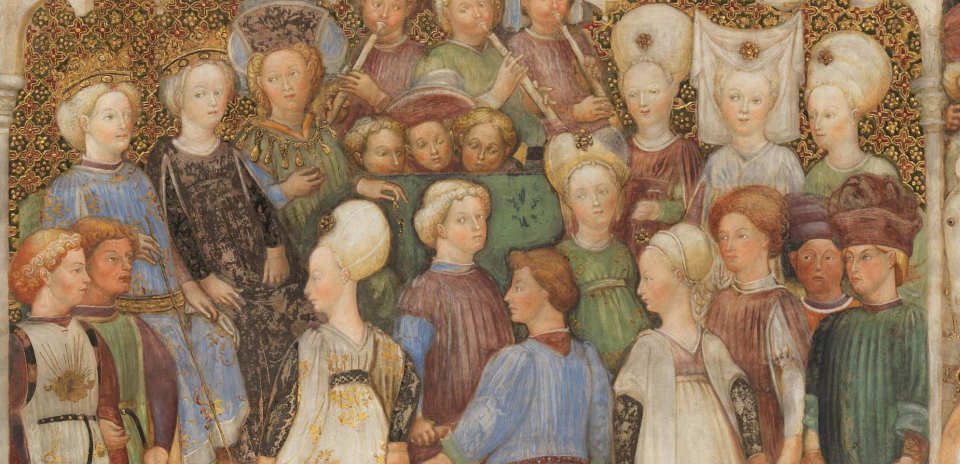"The perfect dancing is memory, tempo, style, how the body is held, the diversity of things and the sharing of space...". So begins one of the first dance treatises in history, written by the Italian dancing master Antonio Cornazzano in the 15th century. To go beyond the steps and figures he describes is to understand the symbolic role of this art, its aim to unite earthbound humanity with the kingdom of God. This recording echoes this universalist vision, following the thread of the first notated dances and exploring the songs or pieces that were sometimes also the source and inspiration of more refined compositions.
Engravings and manuscript illuminations from the Middle Ages are the silent evidence of thousand-year-old practices, of which musical sources are as mysterious as they are rare. Whether solemn or festive, estampies, ductia, saltarelles and other forgotten dances create a picture of a lively and colourful world of contrasts.
From the 15th century and onwards we begin to find traces of the earliest choreographic indications. At the court of Burgundy, which was bursting with splendour and vitality, the aristocracy fully embraced the noble “basse danse” which seemed to draw a bridge from the mundane towards the realm of the gods. Italian dancing masters were meanwhile putting their first treatises to paper during this same period.
However it was during the Renaissance, with the birth of the musical printing press in Venice, that dance music would be more widely distributed throughout Europe. Extraordinary accounts of the balls and the magnificences of the time reveal the population's appetite for divertissement and festivities, particularly at the French court. The short and repetitive phrases of the “branles à mener”, played by minstrels at the court of Henry III, served to acclimate the first court dancers to their steps. Nowadays, audiences are quickly entranced by the hypnotic power of this music, a feeling to which we can all relate when we suddenly have the urge to let go on the dance floor!
With this concert, Into the Winds gleefully explores a great variety of spaces and aesthetics and reveal the timelessness of this art more than ever.

